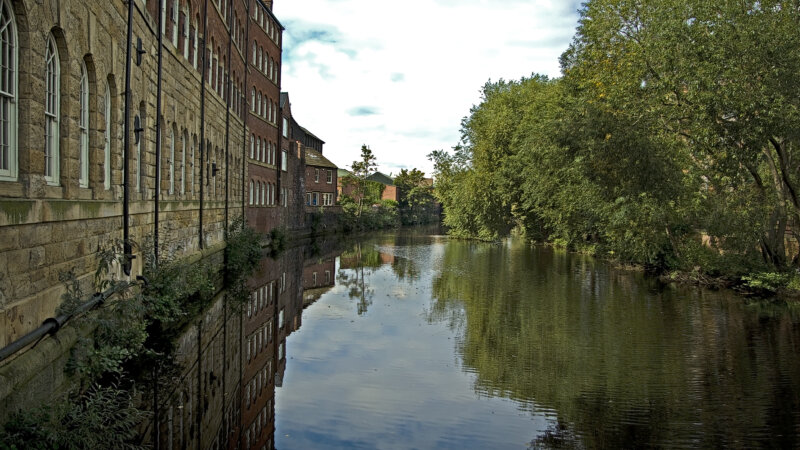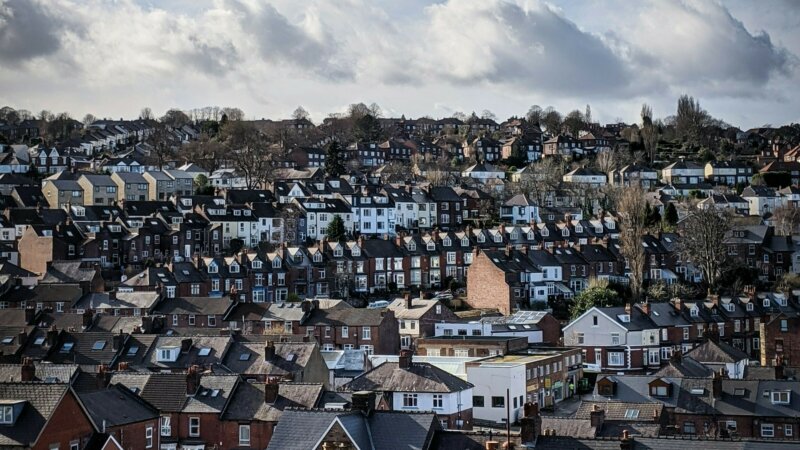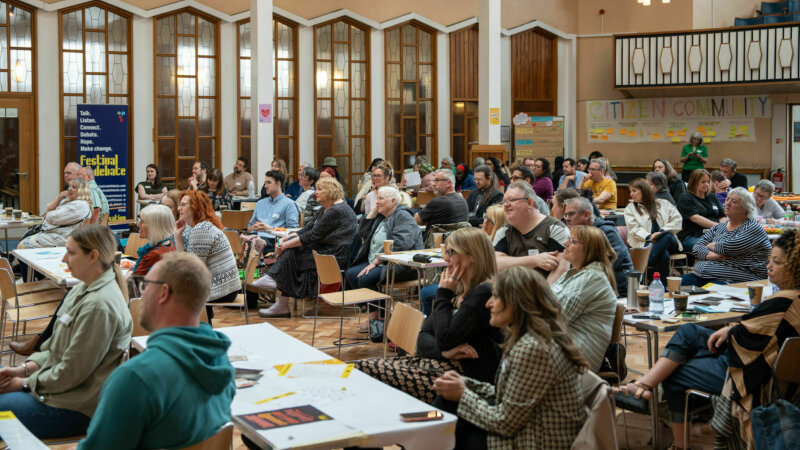How could marginal seats impact Sheffield's local elections?
Results in elections are often affected by what happens in marginal seats. Nigel Slack, active citizen and co-founder of WhoIsMyCouncillor.co.uk, looks at what this might mean for Sheffield's local elections on 4 May.
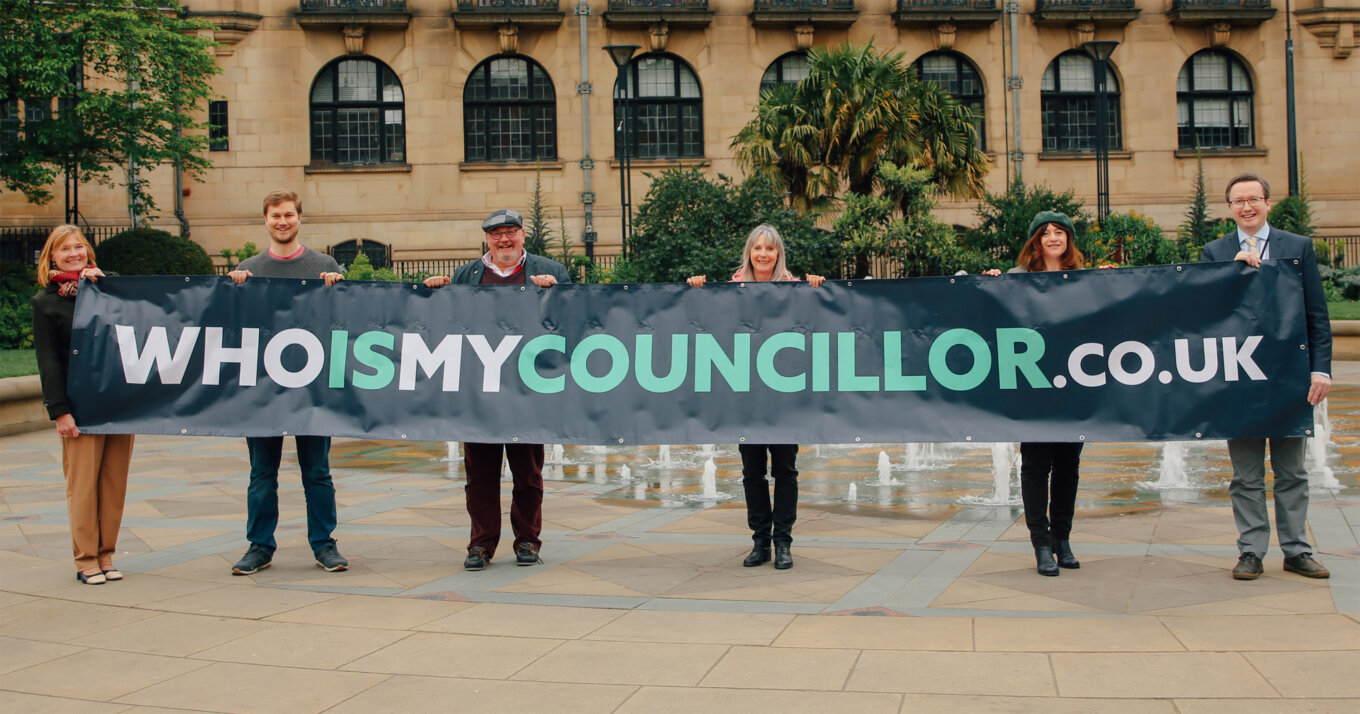
Sheffield councillors hold a banner for the website Who Is My Councillor?
Who Is My Councillor?Results in marginal seats can be the difference between one political party having majority control or not. Parties do not have limitless resources, and so to achieve the biggest bang for their buck campaigning in marginal seats is proven to be effective.
That's why, if you look at local election press coverage and any party's social media campaigns, you can easily spot those wards where they feel under threat or where they hope to gain a councillor or two. They are the wards where all the big names are seen campaigning and party supporters from all over the city are drafted in to support that marginal seat campaign.
If you are a voter in a marginal ward, you and a few dozen others can make change happen and indifference to voting is potentially damaging to any party's chances. If you are a voter in a non-marginal seat, on the other hand, you are unlikely to see any campaigning and your vote may be taken for granted.
The possible balance of power in Sheffield City Council after the 2023 local elections will depend on these influences. Based on the 2022 results, I have identified trends and influences that could lead to unexpected results.
The current Council consists of 39 Labour councillors, 29 Liberal Democrats, 14 Greens, 1 Conservative and 1 Independent, who was elected as a Labour Councillor but resigned the whip. This May’s election only includes 28 of these seats, one in each of the city's wards except Manor Castle, where two candidates will be elected.
This graphic gives an interesting snapshot of results from previous elections and the strength of the parties in different parts of the city. This can give a bit of a false impression, however, as many of Sheffield's wards would be considered 'marginal' by typical standards.
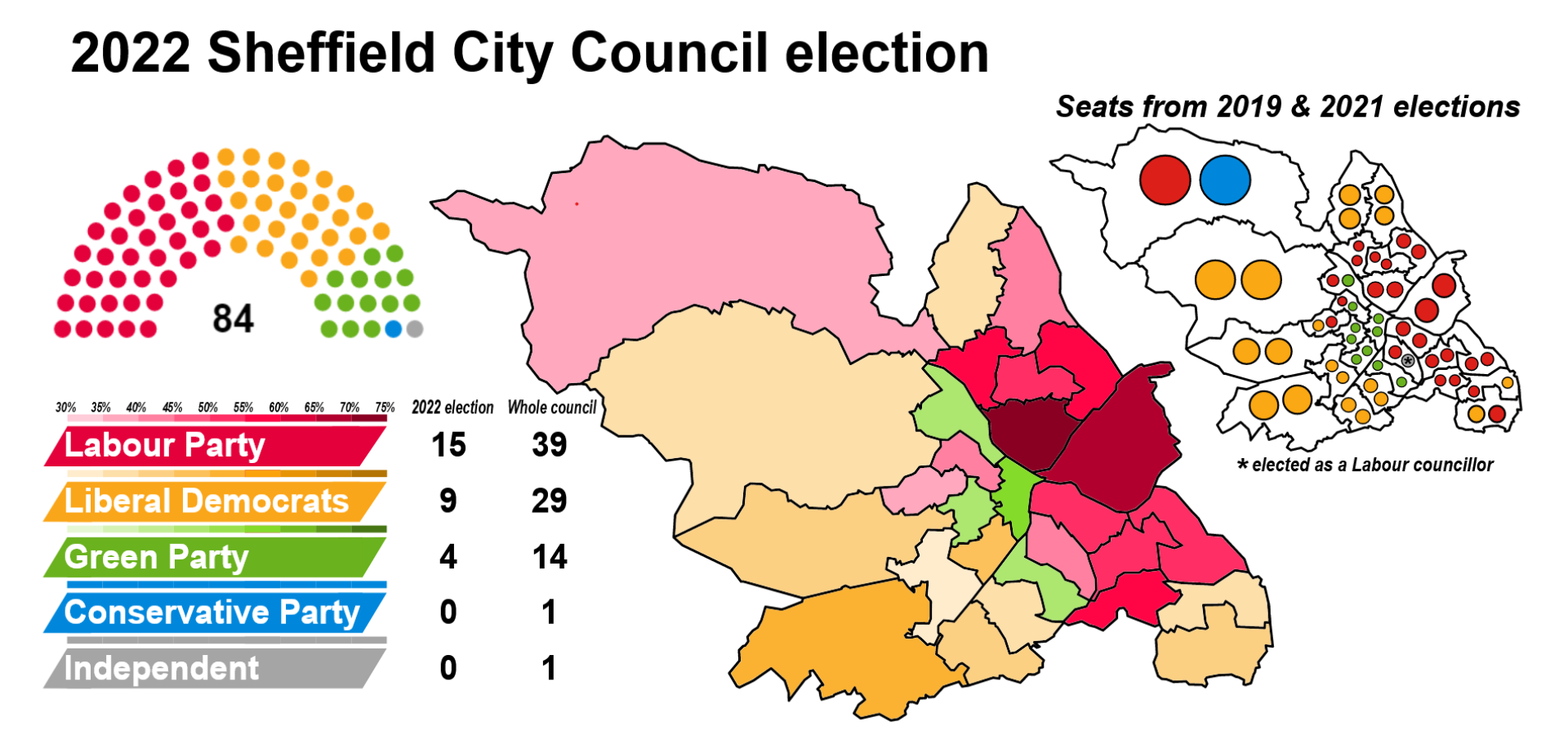
There is also difference across the city, with most wards
in the east of the city having healthy majorities, whilst the wards in
the west have a more mixed response.
Marginal vulnerabilities
A marginal seat is usually considered any seat that could be overturned with a relatively small swing in voters. I have taken the basis of a majority of less than 10% of the turnout as a marginal seat (raw data is available here).
By that measure, 14 of the 28 seats in this election are marginals. If we look at a stricter measure based on a 5% majority, we still see seven wards as marginal and three fall into the measure of a less than 2.5% majority. This means majorities, in some cases, of less than 100 votes. That is probably fewer than the number of voters in your street.
All of that suggests there is a chance of seven or more seats changing hands, but of course marginals work both ways, so this could result in a very small overall change, as seen in 2022.
Voter swing
Swings show the extent of change in voter support for a party from one election to the next, reflected as a positive or negative percentage. Swing doesn't really explain where that change came from or why, but it can be an indicator of trends.
The voter swing in 2022 was significant and although this resulted in seats changing hands, there was an overall change of only one lost seat for Labour and one gained for the Greens.
Similar swings this May could lead to interesting results in Graves Park (which currently has a 1.5% majority) and Walkley (where the majority was 1.5% last year), as well as close calls in Beighton (2% majority), Crookes & Crosspool (3% majority), Mosborough (3% majority) and Stocksbridge & Upper Don (3% majority).
It also seems likely that central government issues will continue to depress the potential for another Conservative seat, despite their singular success in 2021. They suffered a negative swing in 2022.
Voter turnout
Turnout is another crucial influence on elections. From national statistics we can see that voters registered for local elections have declined by 0.75%, nearly 307,000 potential voters.
In Sheffield, 2022 turnout was down by 2-4% from the previous election. There are outliers amongst the wards: Broomhill & Sharrow Vale was up 3%, whilst Dore & Totley was down 7%.
Average turnout for the city is 31%, but there are notable differences between the affluent west of the city (38% average turnout) and the more deprived wards in the east (25% average turnout). Again, there are significant outliers that should be noted. The City ward achieves a low turnout of 16%, Ecclesall manages a very high 51%. The former is potentially down to low engagement amongst transient populations like students. Sitting in the middle of the index of deprivation, City ward should otherwise record an average turnout of around 30%. The latter is probably down to a settled, older population, affluent and with the time to be more engaged in politics.
It's interesting that nearly all wards in the east of the city vote Labour, whilst the west has a more mixed picture and a more changeable set of seats. There are a number of issues that affect this, turnout and engagement being just a part of that. Affluence and deprivation are clearly an influence, as found in Royal Geographical Society research into the 2019 General Election.
What could all of this mean for May’s local election results?
Labour would need a good night in order to regain majority control of Sheffield City Council, with a net gain of four seats required, which is their campaign goal.
Meanwhile, various political parties in the city are proclaiming their responsibility for positive decisions made over the last 12 months, despite these being made under the new committee system, where all parties contribute to final decisions.
Under that system, no single party is able to make any decisions without some support from another party. To delve into the detail of decision making would require a level of information on how councillors vote that is currently not available to the general public. In addition, some of the campaigning has been about attacking the other parties, rather than the positives of cross-party working, and that may not go down well with some voters.
The most likely outcome will be a small swapping of seats among all the parties, with Conservatives potentially losing out, and the Council remaining in 'no overall control'. There is a chance of a Labour majority, but it's slim. Many will expect the committee system to encourage more cross-party working, rather than a reversion to one party being in power.
Other issues
There are some other issues that might impact voting patterns that cannot be extracted from raw statistics. The Lowcock Report into the street trees dispute could easily dampen support for Labour in the south and west of the city, despite the party riding high in national polls until recently. There are rollover implications of the report for the Liberal Democrats too, as they were the party that negotiated the Streets Ahead contract with Amey, even if they weren’t responsible for its management.
Continuing chaos in Westminster could further erode the hopes of Conservatives to capitalise on their win in Stocksbridge in 2021 and may further depress their voter turnout.
Meanwhile, the Greens are being pilloried by Labour as anti-business, who highlight issues like the 'red routes' for buses and business parking levy.
Do Sheffield Greens have an anti-business agenda ?
— Sheffield Labour Councillors (@SheffLabour) March 24, 2023
Sheffield Labour has been working hard to deliver for local communities.
Sheffield Labour are On Your Side
But whose side are the Greens on ??https://t.co/sqOfpQkwIV pic.twitter.com/qaXK0ATH2x
The Liberal Democrats are positioning themselves as the party of business. While pushing at the open doors of transport issues around buses and trams, now the responsibility of the Mayor and not the Council, they are committing to work with business to shape the future of the city. Having come late to the game of co-operative working in 2022, they remained a party in opposition despite the Council being in no overall control. Of course, they still want to be a majority administration.
The major concern for all political parties should be trust. Nationally and locally, politicians of all stripes are profoundly distrusted and whether any of them can improve their reputations remain to be seen. Their success or failure at winning public trust may end up being the determining factor at the polling station on 4 May.




